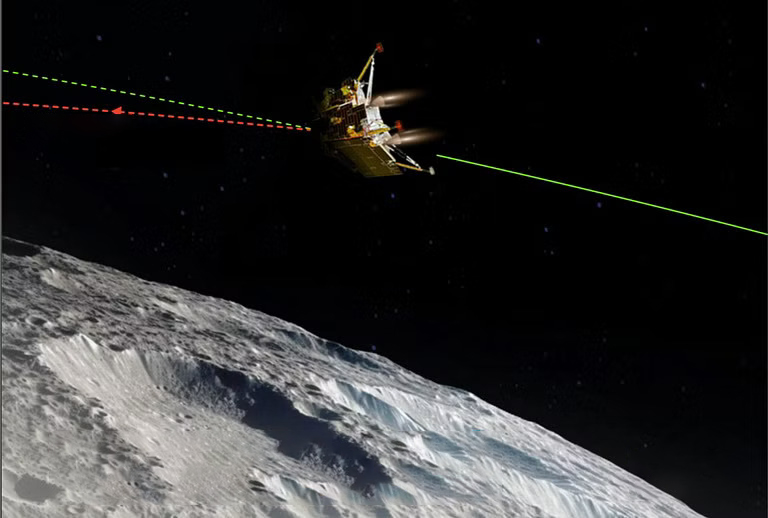The X-ray Universe refers to the portion of the sky that is observed in X-rays, a form of high-energy electromagnetic radiation. The X-ray Universe is an exciting and dynamic place, filled with a variety of sources that emit X-rays, including black holes, neutron stars, pulsars, and supernova remnants.
To explore the X-ray Universe, astronomers use X-ray telescopes, such as NASA’s Chandra X-ray Observatory, the European Space Agency’s XMM-Newton, and Japan’s Suzaku. These telescopes are designed to detect and study X-rays from sources in space.
One of the most fascinating objects in the X-ray Universe is black holes. These are incredibly dense objects that are formed when massive stars collapse under the force of gravity. As matter falls into a black hole, it heats up and emits X-rays, which can be detected by X-ray telescopes. By studying the X-rays emitted by black holes, astronomers can learn about the properties of these mysterious objects.
Sure, here are some additional points about the X-ray Universe:
X-ray telescopes have revolutionized our understanding of the Universe by allowing us to see sources that are invisible to optical telescopes, such as black holes and neutron stars.
One of the most famous objects in the X-ray Universe is the Crab Nebula, a supernova remnant located in the constellation Taurus. The Crab Nebula emits intense X-rays and was one of the first objects observed by the Chandra X-ray Observatory.
X-ray telescopes have also detected X-ray emissions from galaxies, including our own Milky Way. These emissions can reveal the presence of black holes and other high-energy phenomena within galaxies.
X-ray telescopes are often used in conjunction with other telescopes, such as optical or radio telescopes, to study objects across the electromagnetic spectrum. This multiwavelength approach allows astronomers to get a more complete picture of the Universe.
X-ray telescopes are also used to study the structure and evolution of galaxy clusters, which are collections of hundreds or thousands of galaxies bound together by gravity. The hot gas in these clusters emits X-rays, which can reveal information about the cluster’s composition and history.
X-ray telescopes have even been used to study the Sun, revealing the structure and dynamics of the solar corona, the outermost layer of the Sun’s atmosphere. These observations can help us better understand solar flares and other space weather phenomena that can affect Earth.
Overall, the X-ray Universe is a vast and exciting frontier of astronomy, offering a unique window into some of the most extreme and energetic phenomena in the cosmos. As X-ray telescopes continue to improve, we can expect to learn even more about this fascinating and mysterious realm of space.
X-ray telescopes have detected X-ray emissions from active galactic nuclei (AGN), which are supermassive black holes at the centers of galaxies that are actively accreting matter. As matter falls into the black hole, it heats up and emits intense X-rays that can be detected by X-ray telescopes. Studying these emissions can reveal information about the structure and evolution of galaxies.
X-ray telescopes have also detected X-ray emissions from gamma-ray bursts (GRBs), which are some of the most energetic events in the Universe. GRBs are thought to be produced by the collapse of massive stars or the merger of neutron stars, and they can emit intense bursts of X-rays and gamma rays that can be observed by X-ray telescopes.
The X-ray Universe is also home to a variety of high-energy phenomena that are still not fully understood. For example, X-ray telescopes have detected mysterious X-ray emissions from the Galactic Center, the central region of the Milky Way. Some of these emissions may be caused by a population of faint X-ray sources, while others may be due to exotic phenomena such as dark matter annihilation.
X-ray telescopes are also used to study the atmospheres of planets outside our solar system, known as exoplanets. As a planet passes in front of its parent star, some of the star’s X-rays are absorbed by the planet’s atmosphere, leaving a signature that can be detected by X-ray telescopes. Studying these signatures can reveal information about the composition and structure of exoplanet atmospheres.
Finally, X-ray telescopes have also been used to study the early Universe. By observing distant quasars and other high-energy sources, astronomers can study the conditions and evolution of the Universe when it was still very young.
Overall, the X-ray Universe is a rich and diverse field of study that encompasses a wide range of astronomical phenomena. By using advanced X-ray telescopes, astronomers are continuing to push the boundaries of our knowledge and understanding of the Universe.
Supernova remnants are also a significant source of X-rays. When a massive star explodes as a supernova, it can release enormous amounts of energy, heating up the surrounding gas and dust to millions of degrees. This hot gas emits X-rays that can be detected by X-ray telescopes.
Overall, the X-ray Universe is a fascinating and dynamic place that offers unique insights into some of the most extreme and mysterious objects in the Universe. With the help of advanced X-ray telescopes, astronomers are continuing to explore and learn more about this exciting frontier of astronomy.












